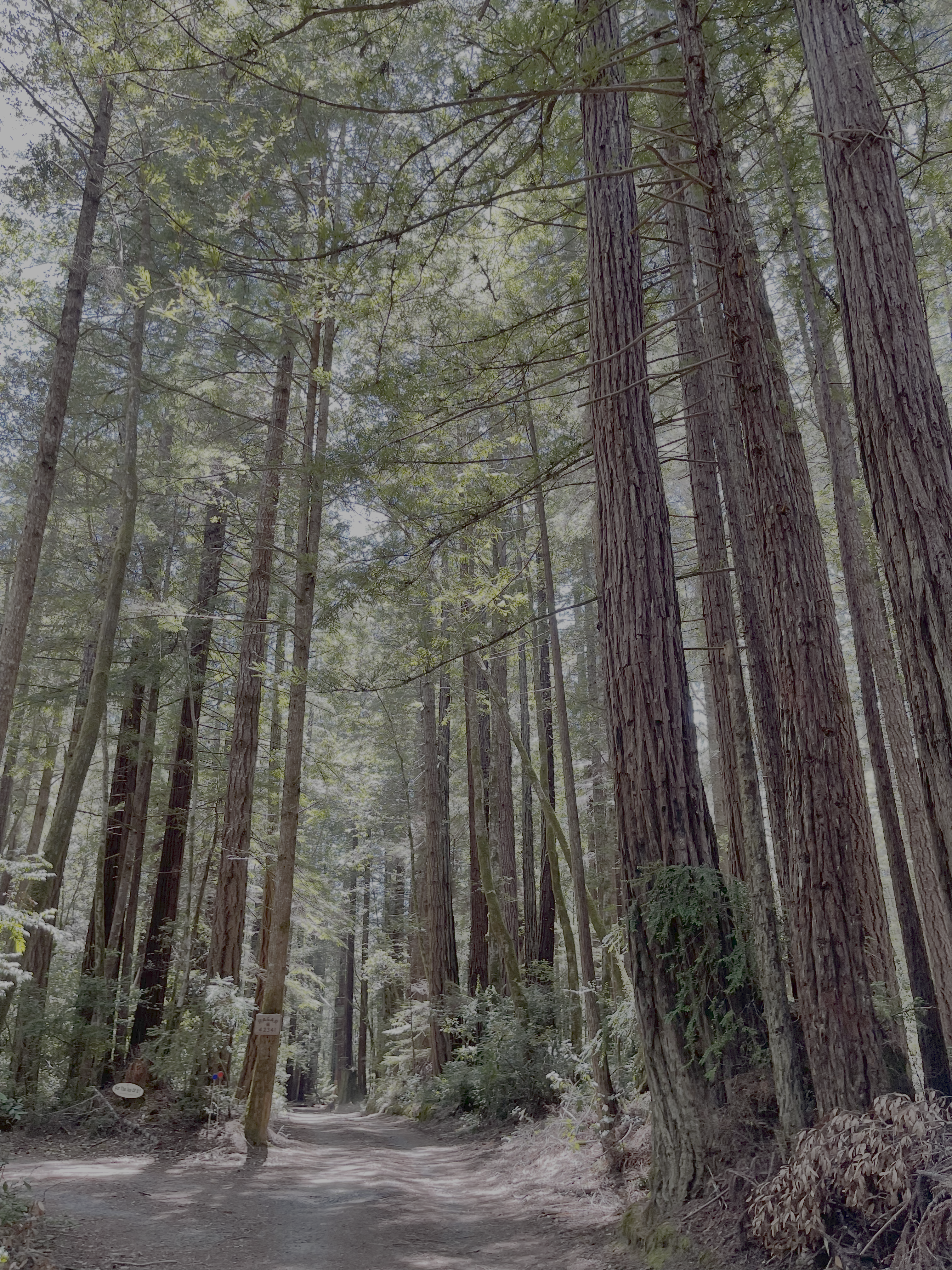It's late July here in Mendocino County, and the golden hills and dry forests signal that we are headed into the peak of fire season. For homeowners, this time of year brings a critical question to the forefront: Is my property truly prepared to survive a wildfire?
Modern fire science has shown that the biggest threat isn't a giant wall of flames, but a relentless shower of flying embers that can travel for miles. These embers are the primary cause of home loss during a wildfire.
The good news? You have the power to dramatically increase your home's chance of survival. The strategy is a one-two punch: creating defensible space in your yard and hardening your home against ignition.
This guide provides a complete, actionable checklist to help you protect your family and property.
What is Defensible Space? It's the Law.
Defensible space is a buffer you create between your home and the surrounding wildland. Its purpose is to slow or stop an approaching fire and give firefighters a safe area to defend your home.
This isn't just a suggestion; it's a legal requirement. California Public Resources Code 4291 mandates that homeowners in high fire-risk areas—which includes most of Mendocino County—maintain 100 feet of defensible space.
The 3 Critical Zones of Defensible Space: Your Action Plan
Creating effective defensible space means treating the 100-foot area around your home in three distinct zones.
Zone 0: The Ember-Resistant Zone (0 to 5 feet)
This is the most important zone for preventing home ignition. The goal is to eliminate anything that can burn right next to your house.
- ✅Use Non-Combustible Ground Cover: Replace bark or wood chip mulch with gravel, pavers, or concrete.
- ✅Clear All Debris: Regularly remove all leaves, pine needles, and dead plant matter from your roof, gutters, and the ground in this zone.
- ✅Remove Flammable Items: Move firewood piles, flammable outdoor furniture, and BBQ grills outside of this 5-foot zone.
- ✅Rethink Landscaping: No shrubs, flowers, or flammable plants should be located in Zone 0.
- ✅Secure Fencing: If a wood fence connects to your house, replace the first 5 feet with a non-combustible metal gate to stop fire from reaching your siding.
Zone 1: The Lean, Clean, & Green Zone (5 to 30 feet)
This area requires significant fuel reduction to keep flames small and on the ground.
- ✅Mow Grass: Keep all grass and weeds mowed to a maximum height of four inches.
- ✅Remove "Ladder Fuels": Prune the lower branches of trees 6 to 15 feet from the ground to prevent a ground fire from climbing into the canopy.
- ✅Create Space: Thin out trees and shrubs to break up the continuous path of fuel. There should be at least 10 feet between the canopies of mature trees.
- ✅Clean Up: Remove all dead trees, shrubs, fallen leaves, and other dead vegetation.
Zone 2: The Reduced Fuel Zone (30 to 100 feet)
The goal here is not to clear-cut, but to interrupt the fire's path and reduce its intensity.
- ✅Manage Ground Cover: Mow annual grasses and remove large accumulations of fallen leaves and needles.
- ✅Increase Spacing on Slopes: Fire moves faster uphill. The steeper your property, the more space is required between trees and shrubs.
- Mild Slope (under 20%): 10 feet between tree canopies.
- Moderate Slope (20-40%): 20 feet between tree canopies.
- Steep Slope (over 40%): 30 feet between tree canopies.
- ✅Relocate Wood Piles: Any remaining firewood should be kept here, at least 30 feet from your home.
Feeling Overwhelmed? We Can Help.
Creating and maintaining 100 feet of defensible space is a major job, especially on large or steep properties. Ben Fienburgh Excavating specializes in professional land clearing for fire abatement. We have the equipment and local expertise to bring your property into full compliance quickly and safely.
Get Your Free, No-Obligation Property Assessment Today! »A Quick Note on Home Hardening
While defensible space manages your landscape, "home hardening" strengthens your house itself against embers. Key priorities include:
- Vents: Cover all attic and foundation vents with 1/8-inch metal mesh.
- Roof: Ensure your roof has a Class A fire rating.
- Windows: Upgrade to dual-pane, tempered glass windows.
Local Resources for Mendocino County Homeowners
You don't have to tackle this alone. Mendocino County has fantastic resources available.
- Professional Services, Ben Fienburgh Excavating: For large-scale projects involving tree removal, steep terrain, or major brush clearing, you need an insured professional. Tasks like forestry mulching, stump grinding, and hauling away debris require heavy equipment and expertise to ensure the job is done right and will pass a fire inspection.
Protect Your Home and Your Wallet
Beyond the priceless peace of mind, there's another major incentive: insurance discounts. Under California's "Safer From Wildfires" regulation, insurance companies are required to offer discounts to homeowners who take proven steps to mitigate their risk. The work you do now can save you a significant amount of money for years to come.
Ready to Make Your Property Fire-Safe?
Don't wait until you see smoke on the horizon. Proactive preparation is your best defense. Whether you need a full property cleanup or expert help with a challenging section of your land, BF Excavating is ready to help.
Contact us today for your free, no-obligation estimate and let's create a safe and defensible space for your family.
